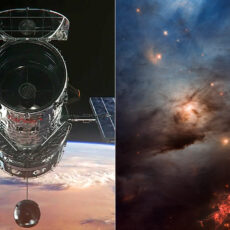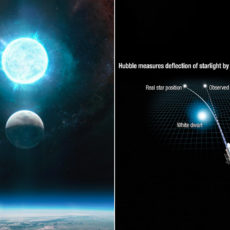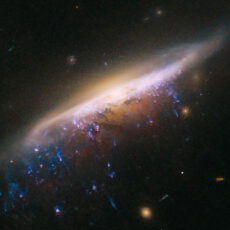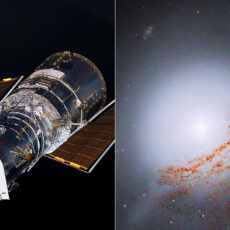
NASA / ESA’s Hubble Space Telescope captured a stunning image of the Red Rose Galaxy, also known as NGC 972, located 70 million light-years from Earth in the Aries constellation. The orange-pink glow that you see is the result of hydrogen gas reacting to the intense light streaming outwards from nearby newborn stars.

These bright colorful patches can be seen here amid dark, tangled streams of cosmic dust, somewhat resembling a bouquet of cosmic red roses. Astronomers says that new generations of stars contribute to the broader forces, as well as factors that typically mold galaxies, throughout the Universe – like gravity, radiation, matter, and dark matter.
- ADVANCED TECH MEETS ICONIC DESIGN: The NexStar 8SE pairs Celestron’s legendary orange tube with a fully computerized GoTo system—ideal for those...
- 8-INCH SCHMIDT-CASSEGRAIN OPTICS: The large 8" aperture gathers enough light to reveal fine lunar details, cloud bands on Jupiter, and deep-sky...
- FULLY AUTOMATED GoTo MOUNT WITH NEXSTAR+ HAND CONTROL: Use the NexStar+ hand control to select from a 40,000+ object database. The computerized mount...
German-British astronomer William Herschel is credited with the discovery of NGC 972 in 1784. Astronomers have since measured its distance, finding it to be just under 70 million light-years,” said the ESA.













